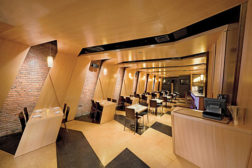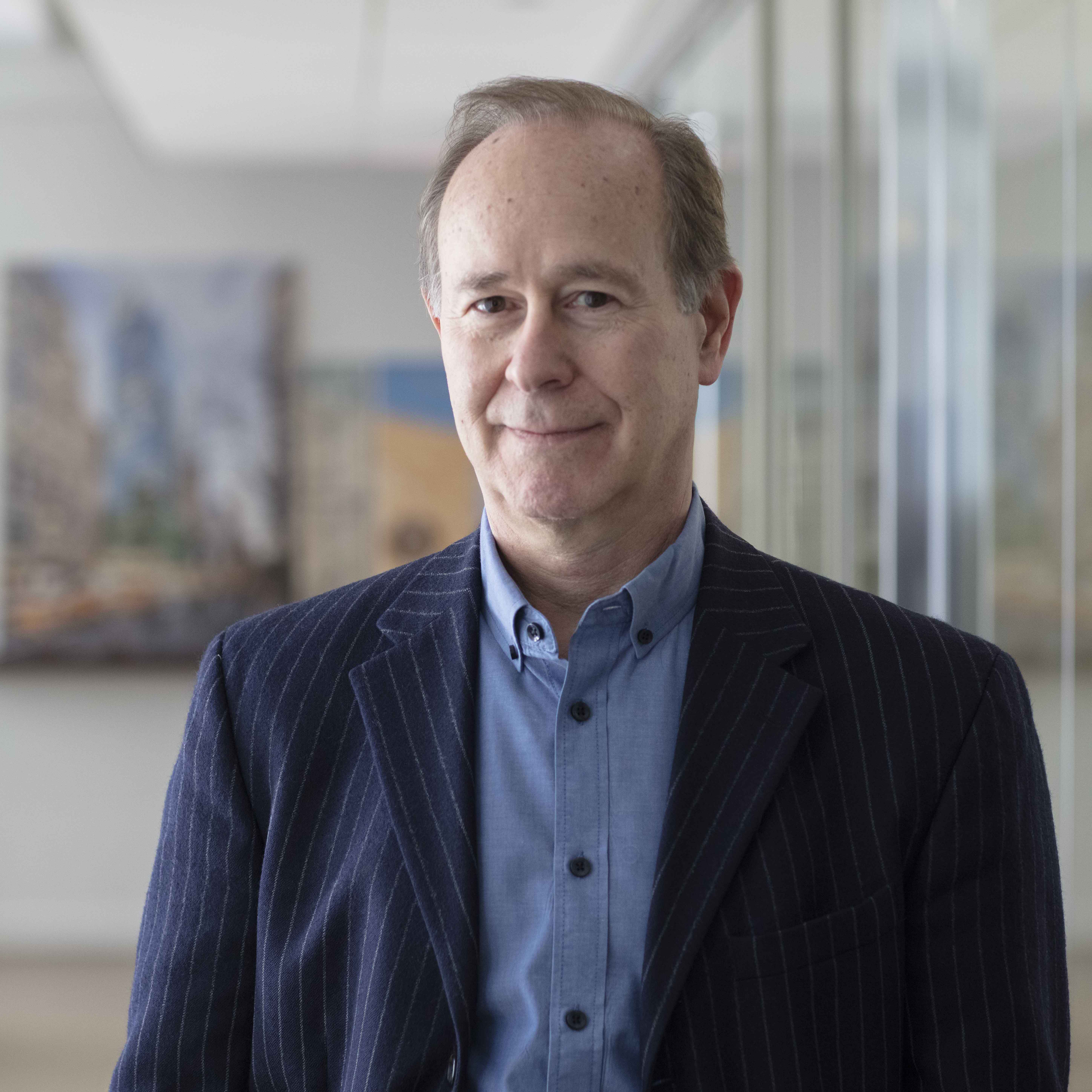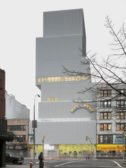Articles by Clifford A. Pearson
In Boston’s Back Bay, 3SIX0 developed a design that lets stix restaurant transform itself from one kind of space into another.
Read More
Copyright ©2025. All Rights Reserved BNP Media.
Design, CMS, Hosting & Web Development :: ePublishing


